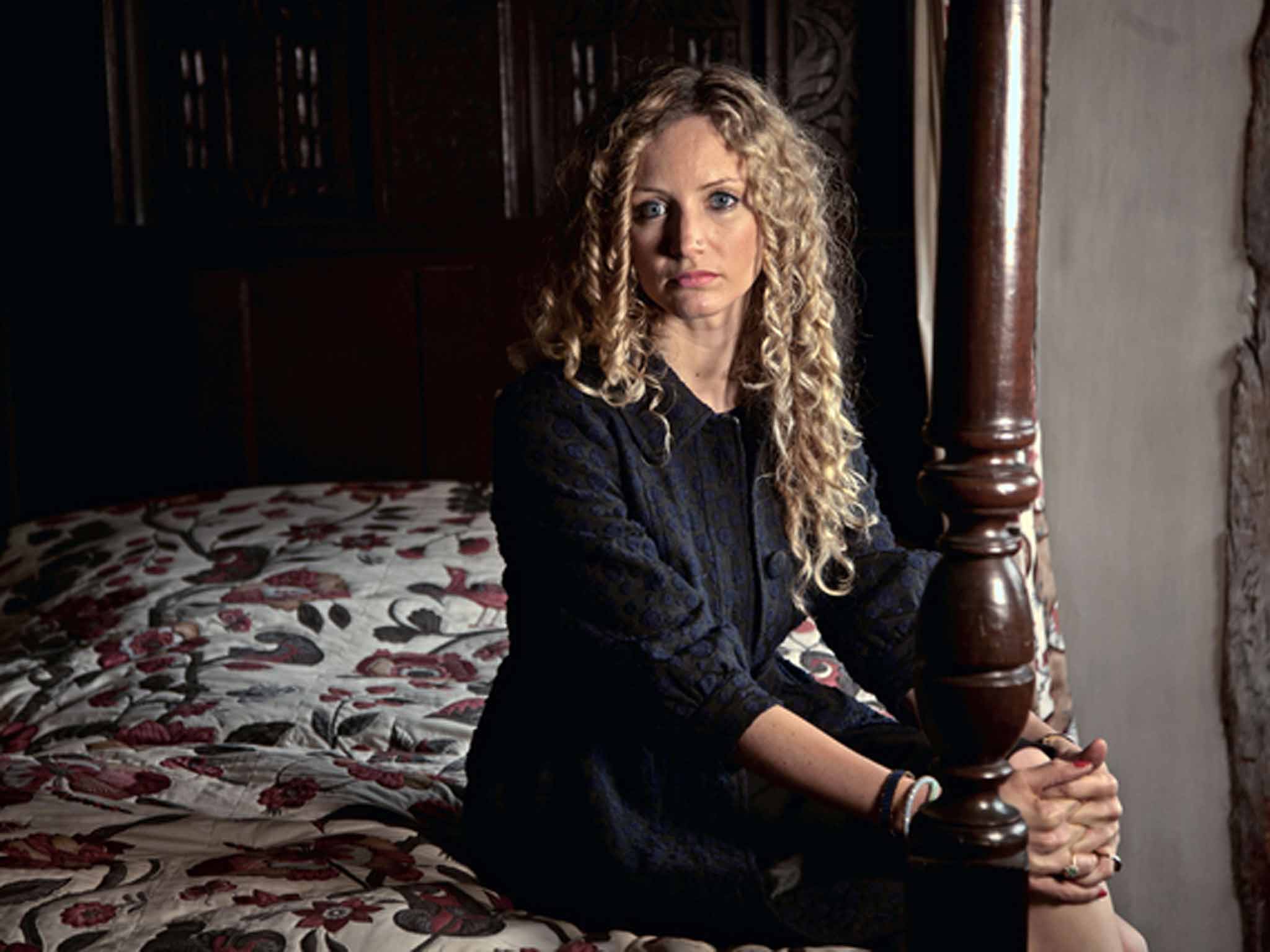The Hidden Killers of the Tudor Home, BBC4 - TV review
Lipscomb is not too proper to don Tudor garb, dive in and demonstrate how it was so many people drowned in shallow streams or ponds

Your support helps us to tell the story
From reproductive rights to climate change to Big Tech, The Independent is on the ground when the story is developing. Whether it's investigating the financials of Elon Musk's pro-Trump PAC or producing our latest documentary, 'The A Word', which shines a light on the American women fighting for reproductive rights, we know how important it is to parse out the facts from the messaging.
At such a critical moment in US history, we need reporters on the ground. Your donation allows us to keep sending journalists to speak to both sides of the story.
The Independent is trusted by Americans across the entire political spectrum. And unlike many other quality news outlets, we choose not to lock Americans out of our reporting and analysis with paywalls. We believe quality journalism should be available to everyone, paid for by those who can afford it.
Your support makes all the difference.There was rather too much discussion of chimney architecture in The Hidden Killers of the Tudor Home, another instalment of Suzannah Lipscomb’s sexed-up social history series.
That time could more profitably have been spent providing further explanation of the “death from crushed testicles after playing games at Christmas” recorded by a coroner of the time. Now we’ll always wonder.
Lipscomb has already detailed all the ways in which the homes of Victorians, Edwardians conspired to kill them, but this episode on Tudor dwellings was the raciest so far. Newly affordable sugar, or “white gold”, as it was known, flowed through Tudor veins like high-grade cocaine; even their toothpaste had sugar in it.
If that dangerous diet didn’t get you, it was the syphilis (recorded for the first time in 1497), the quack doctors, or (in the absence of indoor plumbing) the risk of drowning in a nearby body of water.
Lipscomb is prim, but not too proper to don Tudor garb, dive in and demonstrate how it was so many people drowned in shallow streams or ponds. That almost made up for the 20-minute chimney lecture.
Join our commenting forum
Join thought-provoking conversations, follow other Independent readers and see their replies
Comments